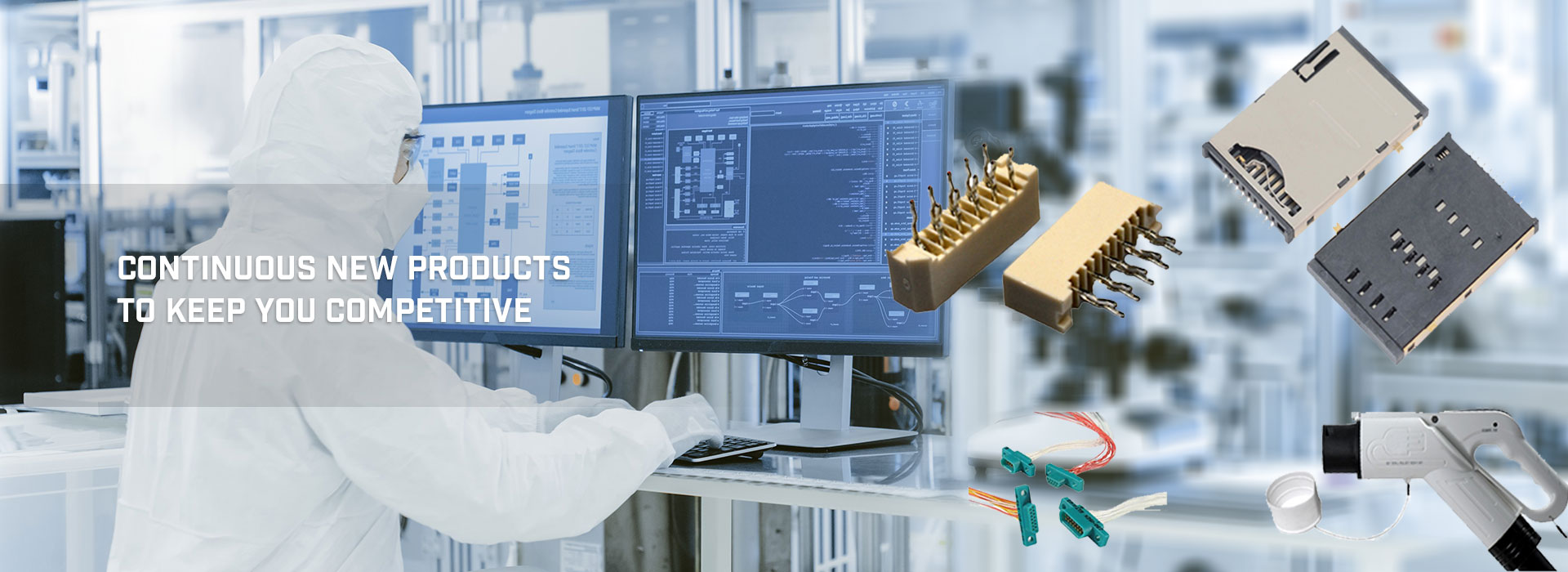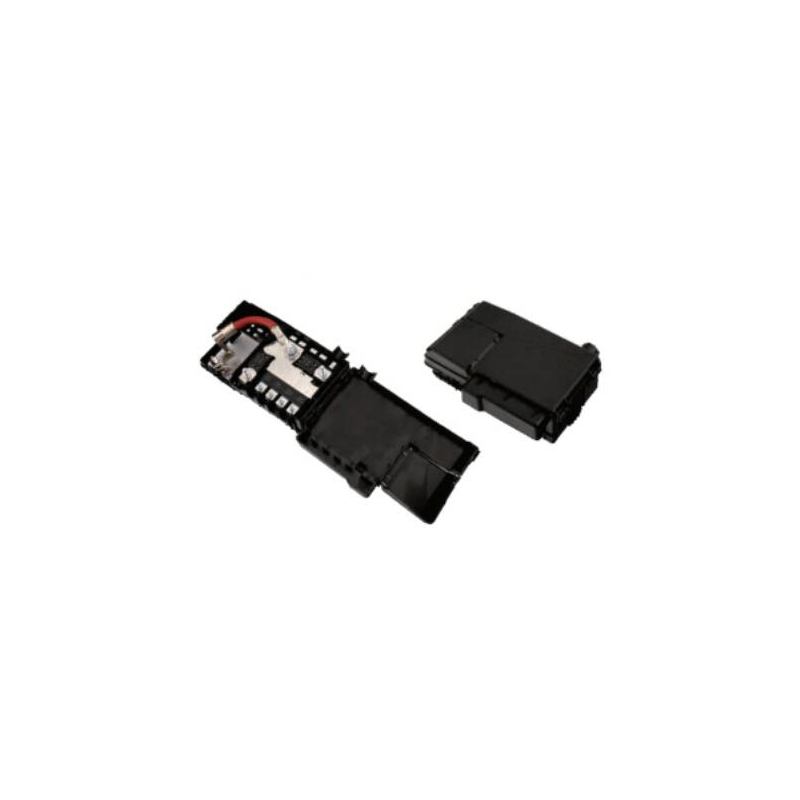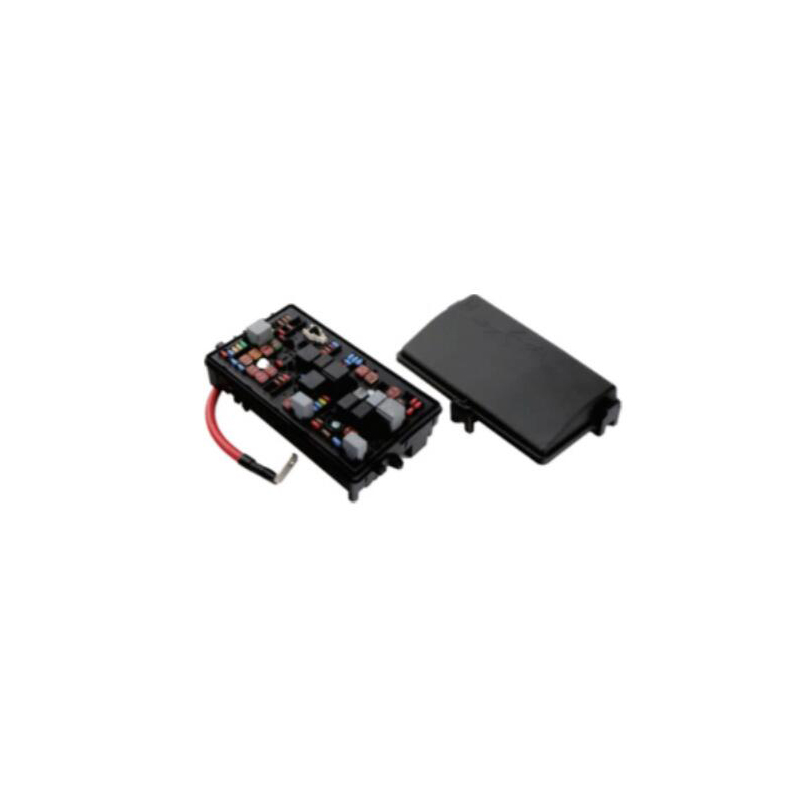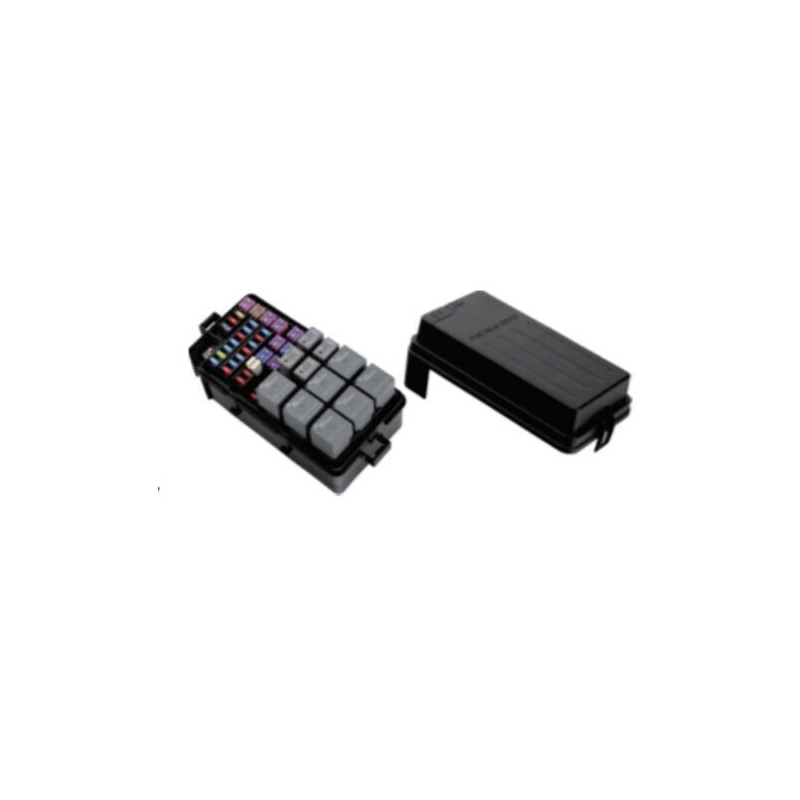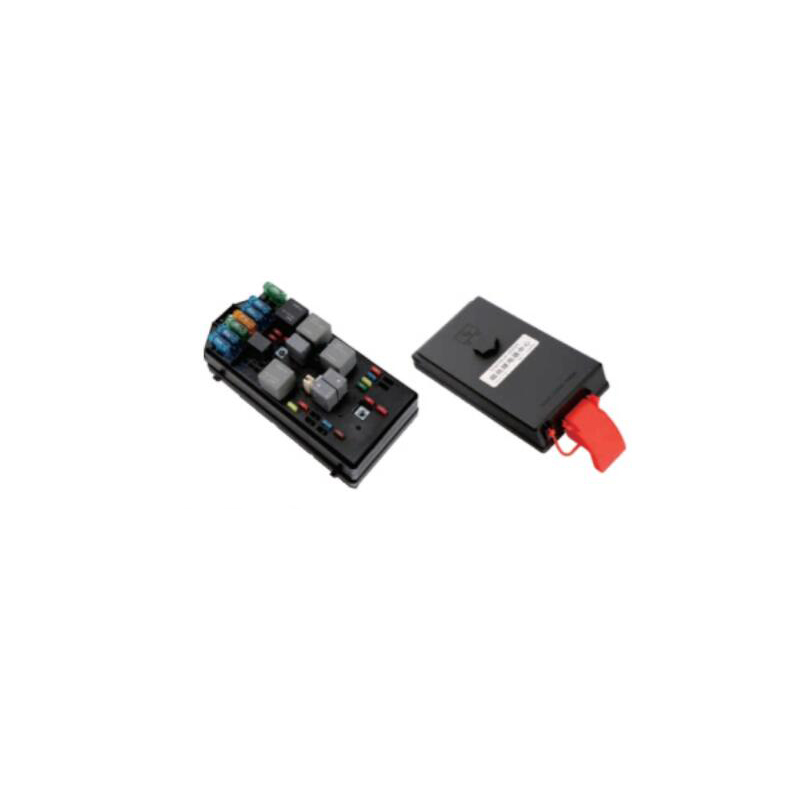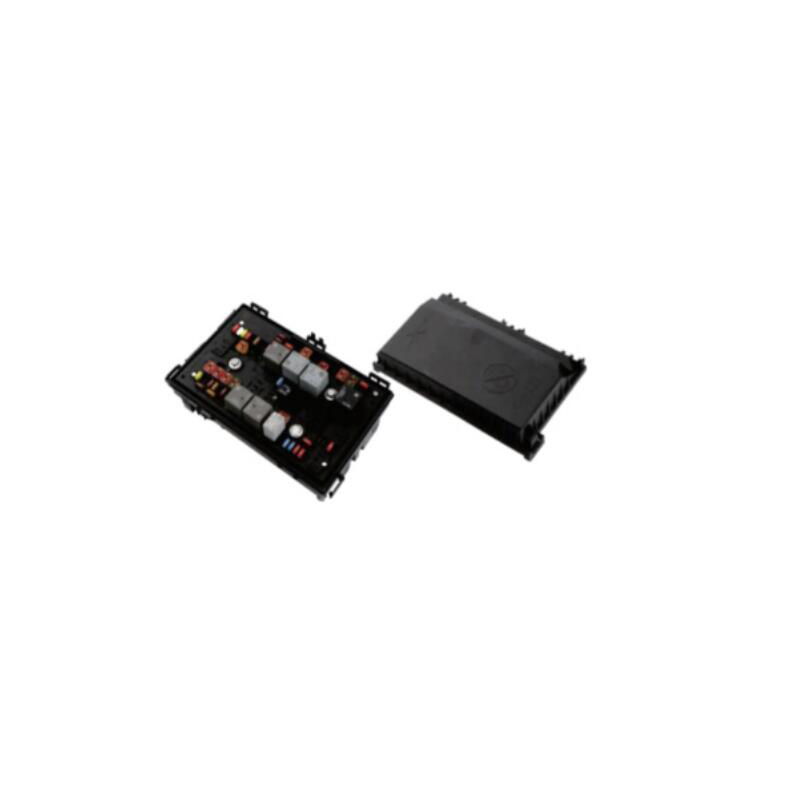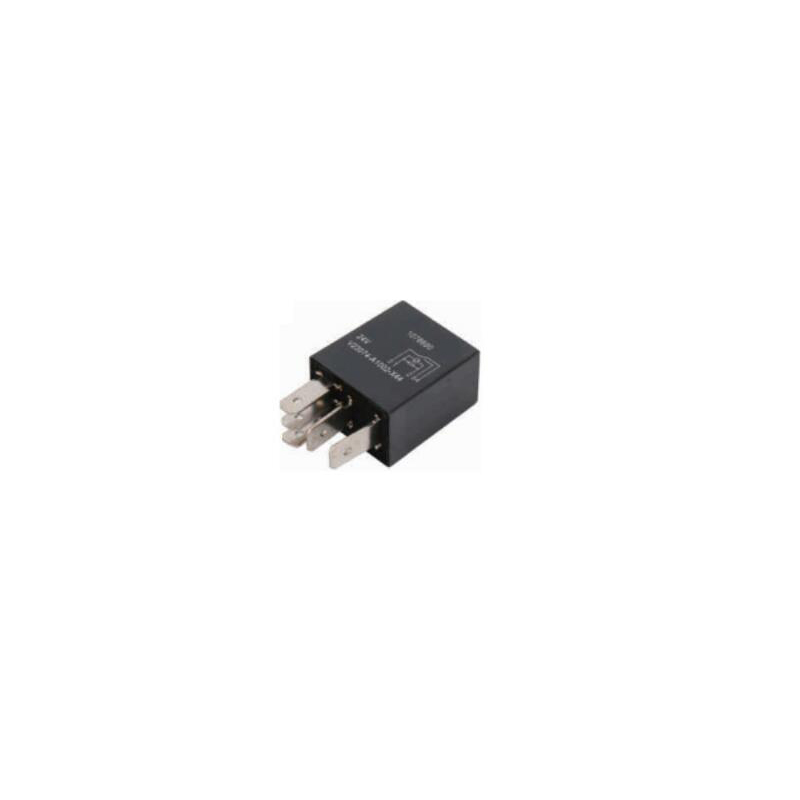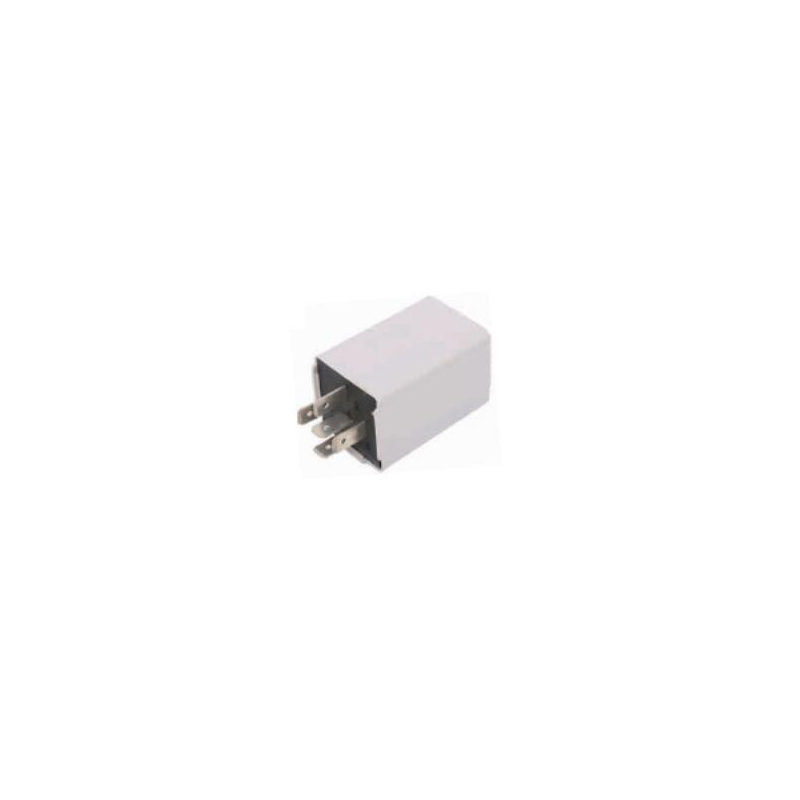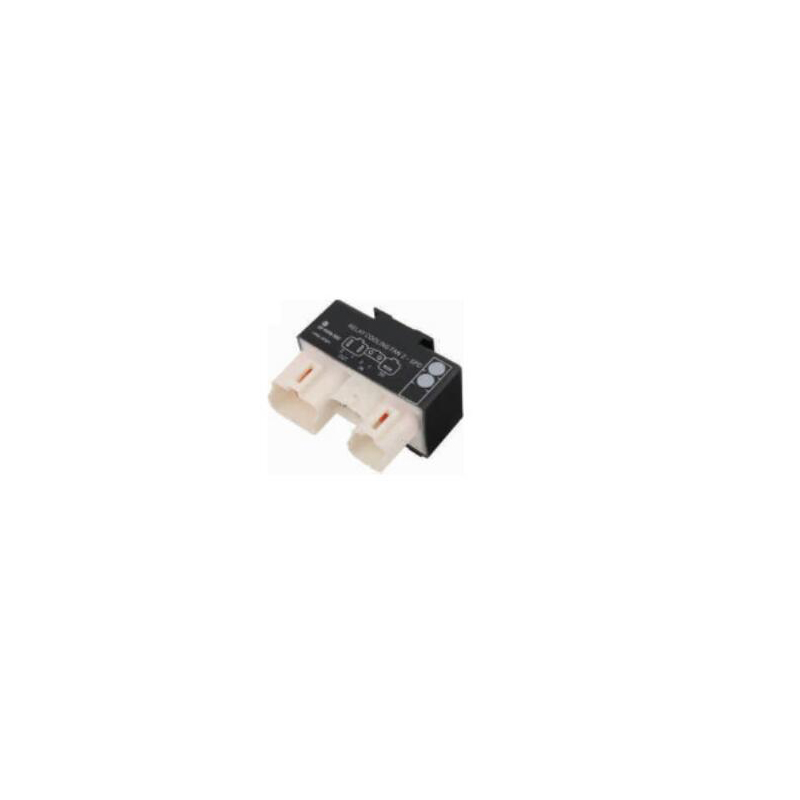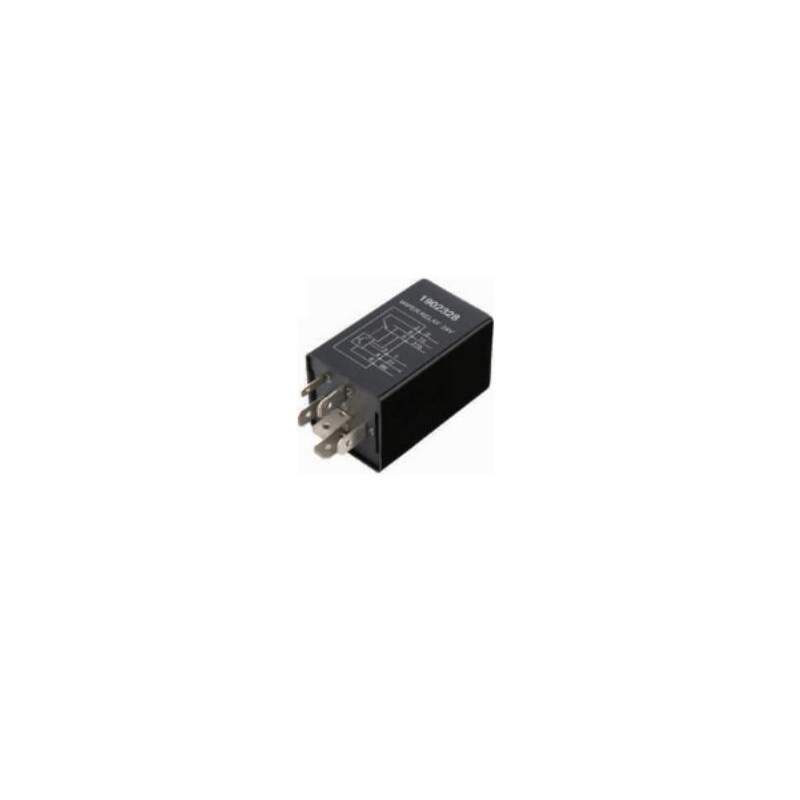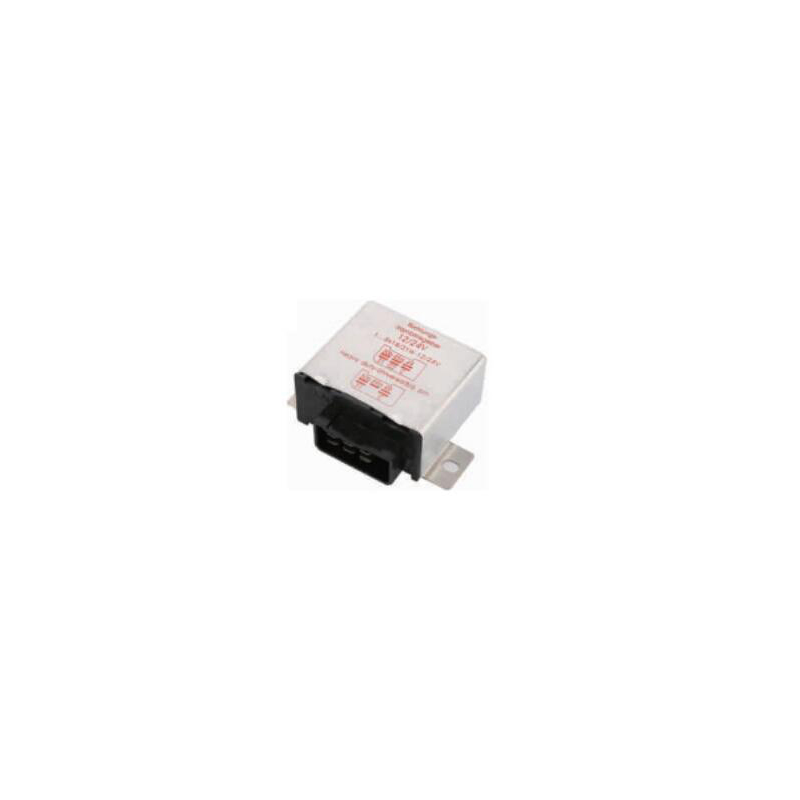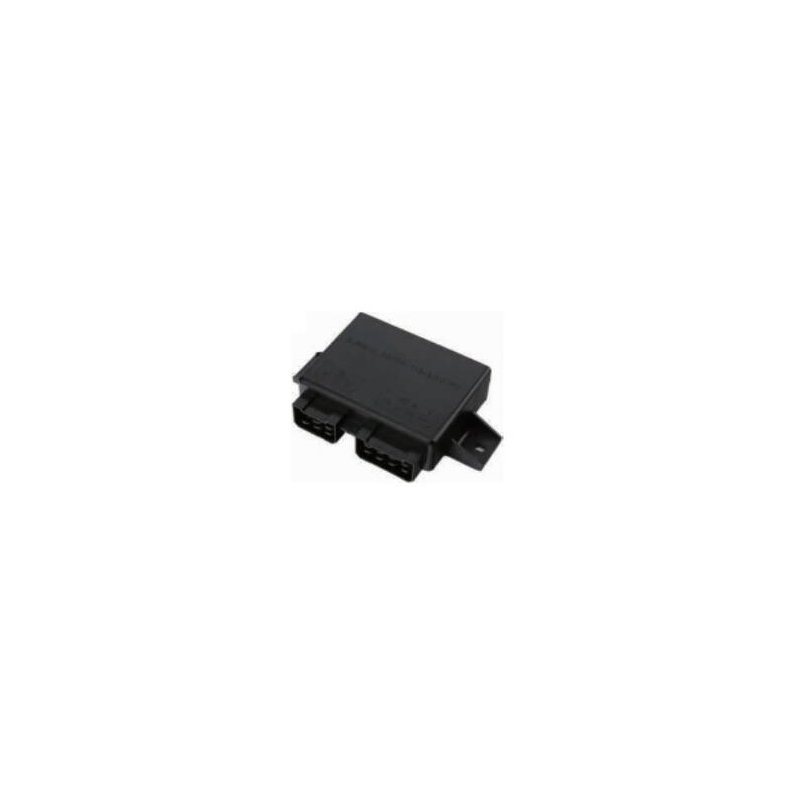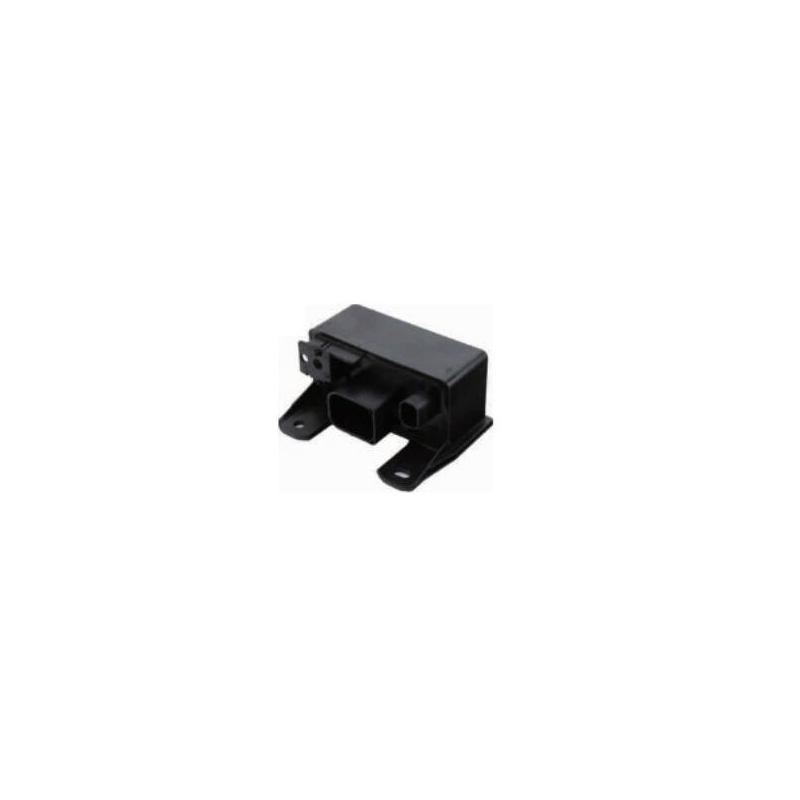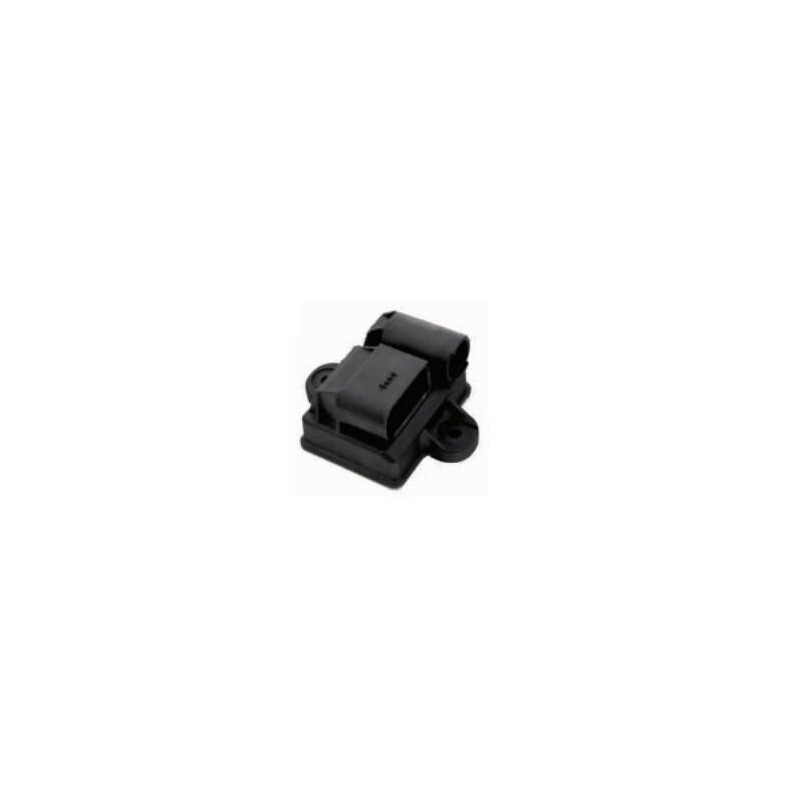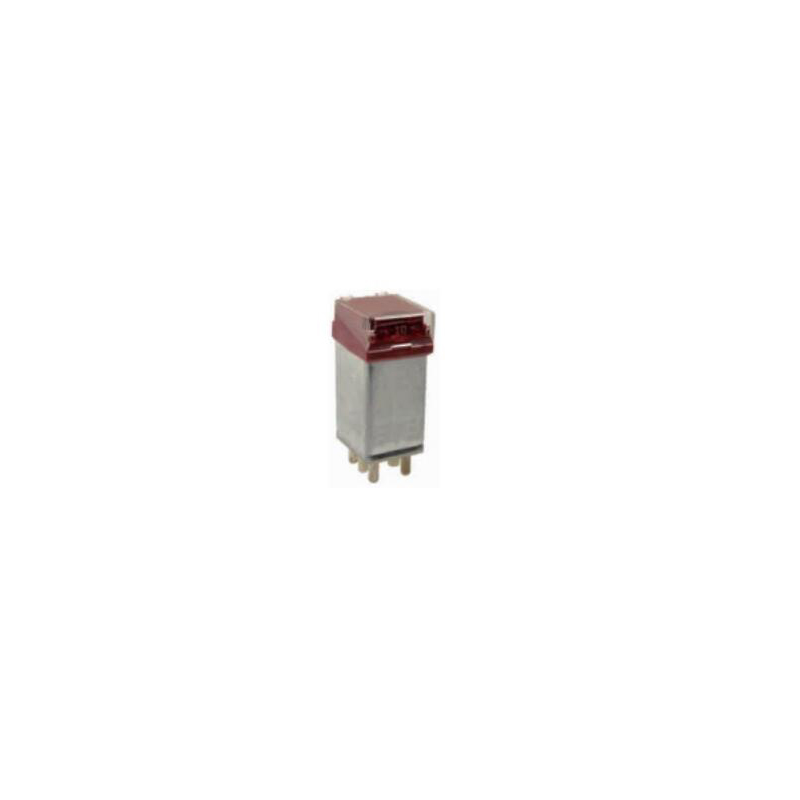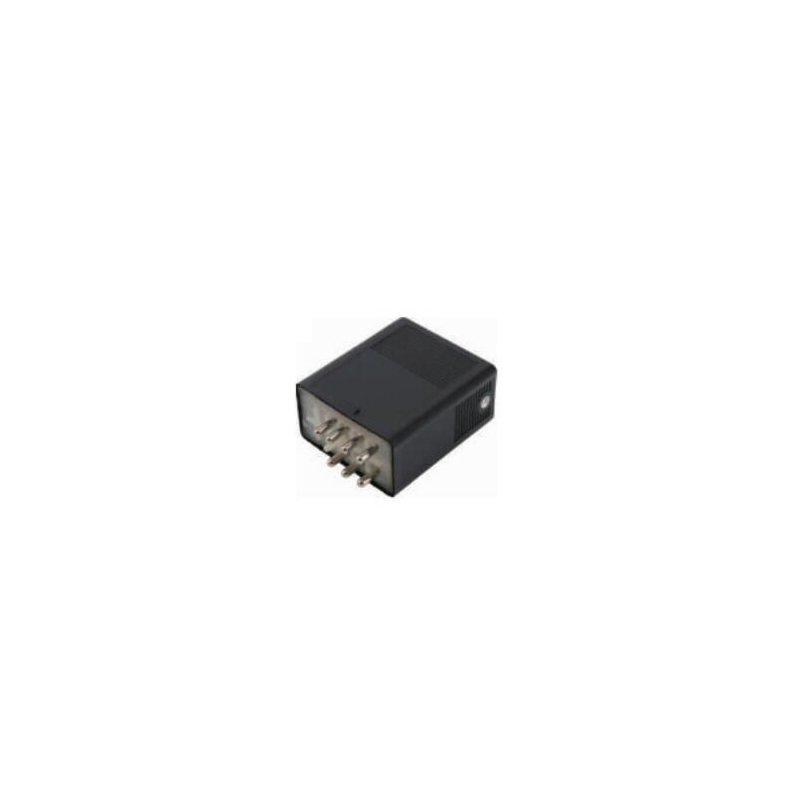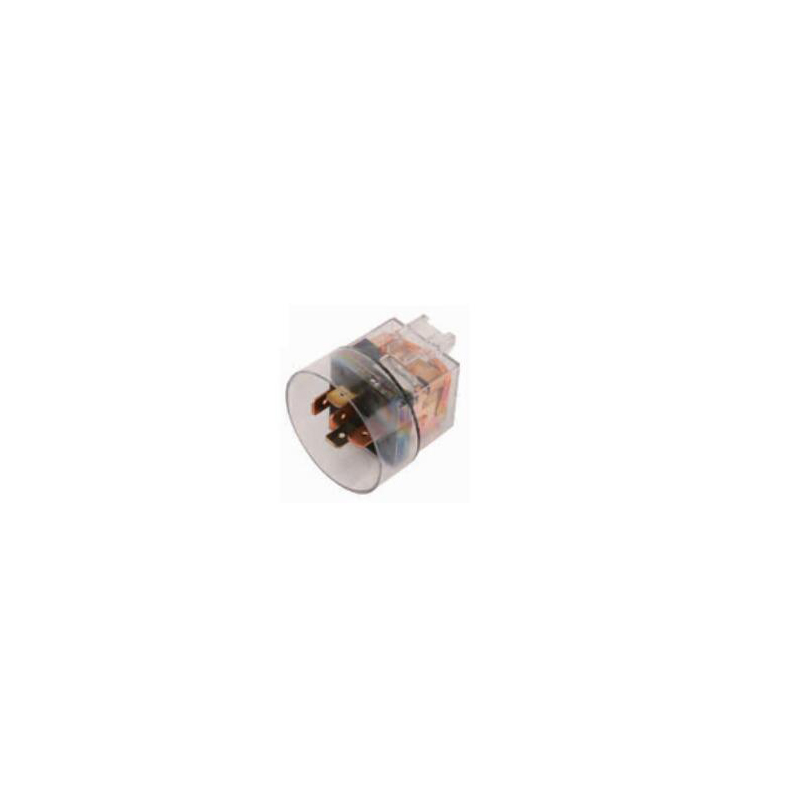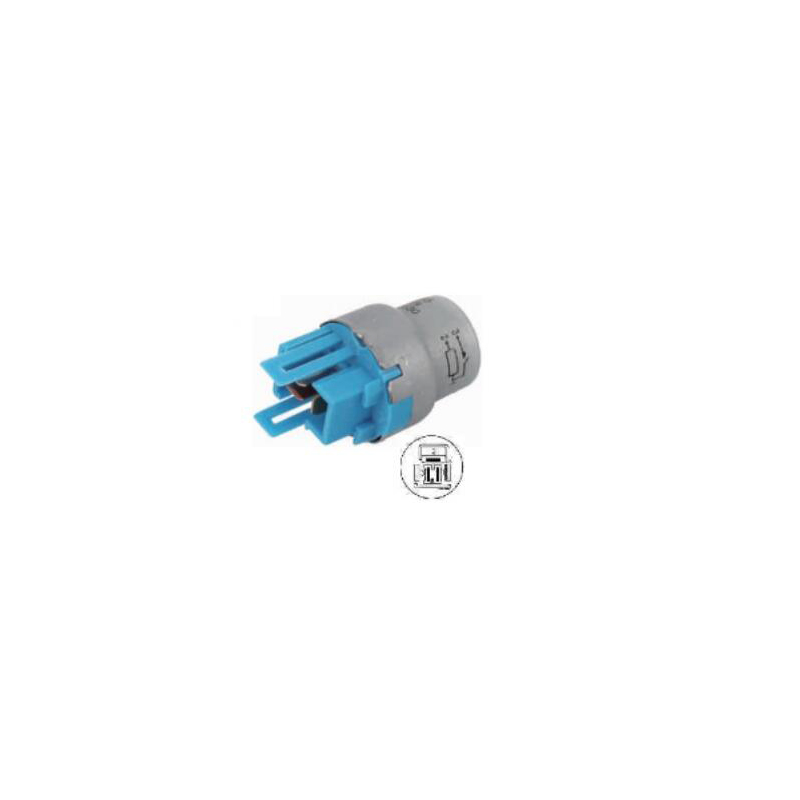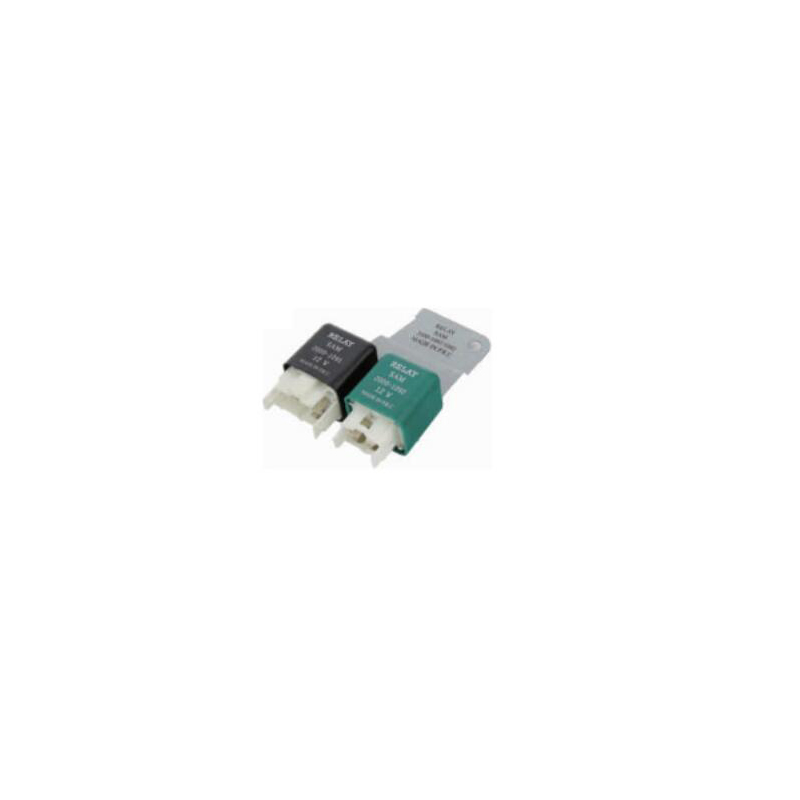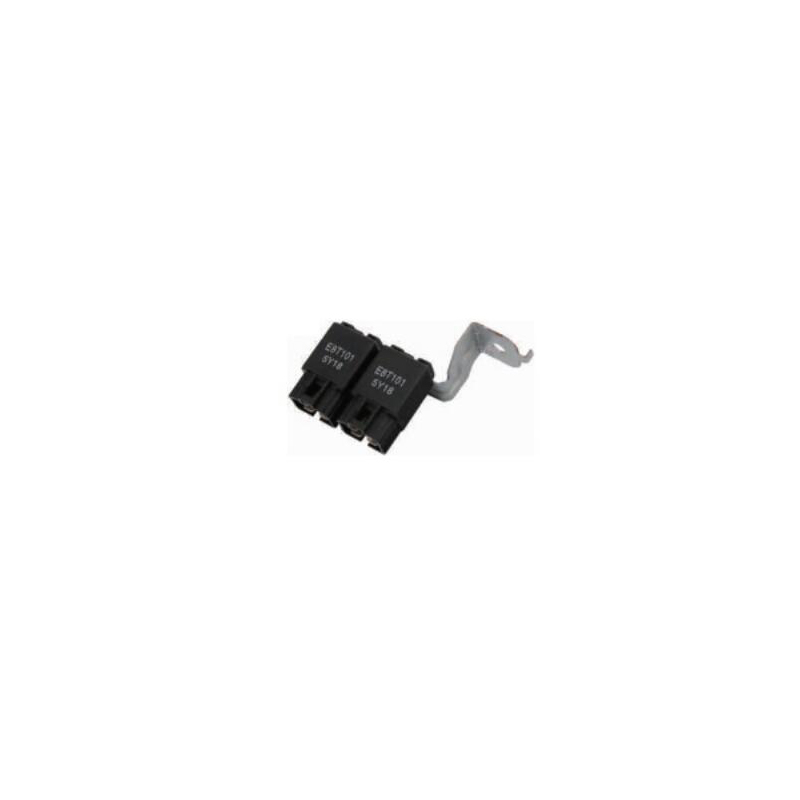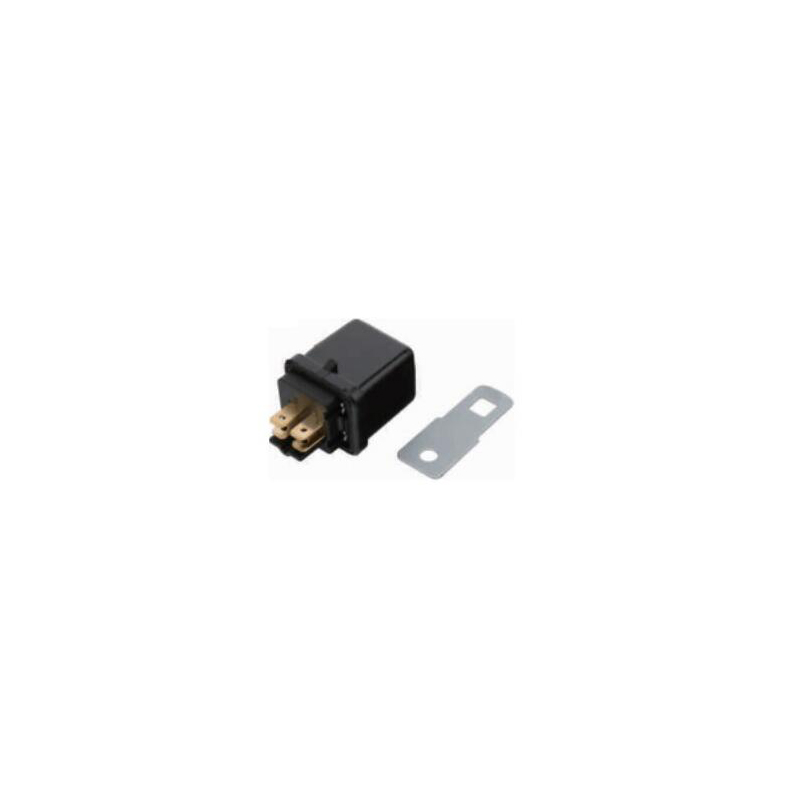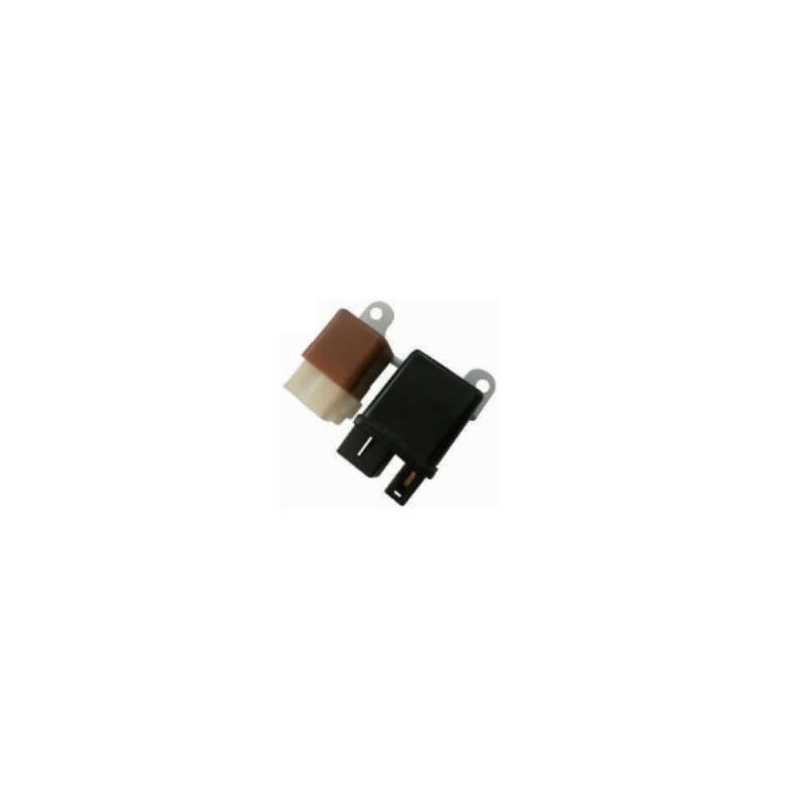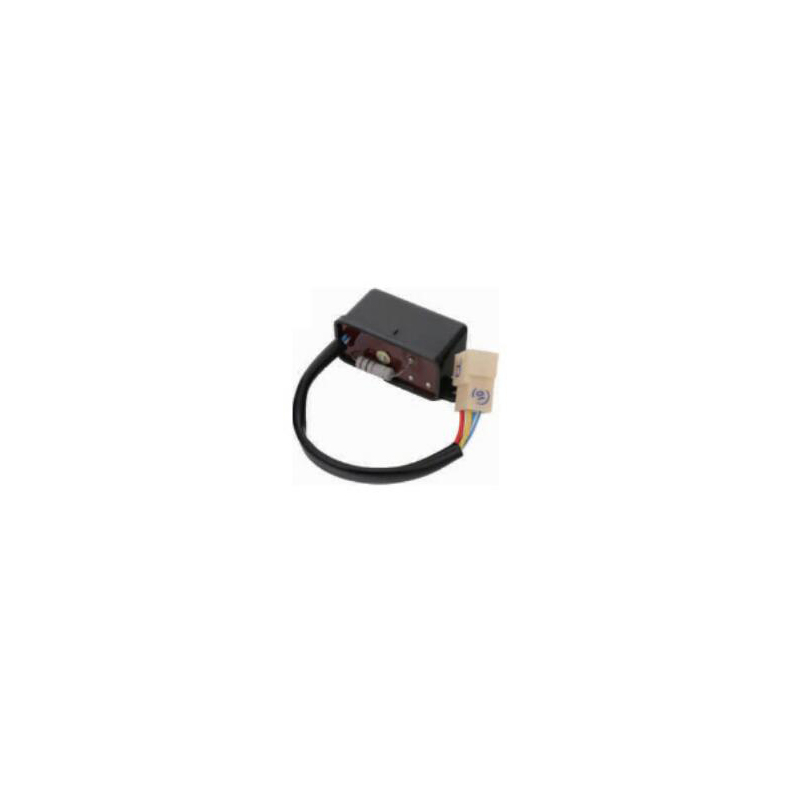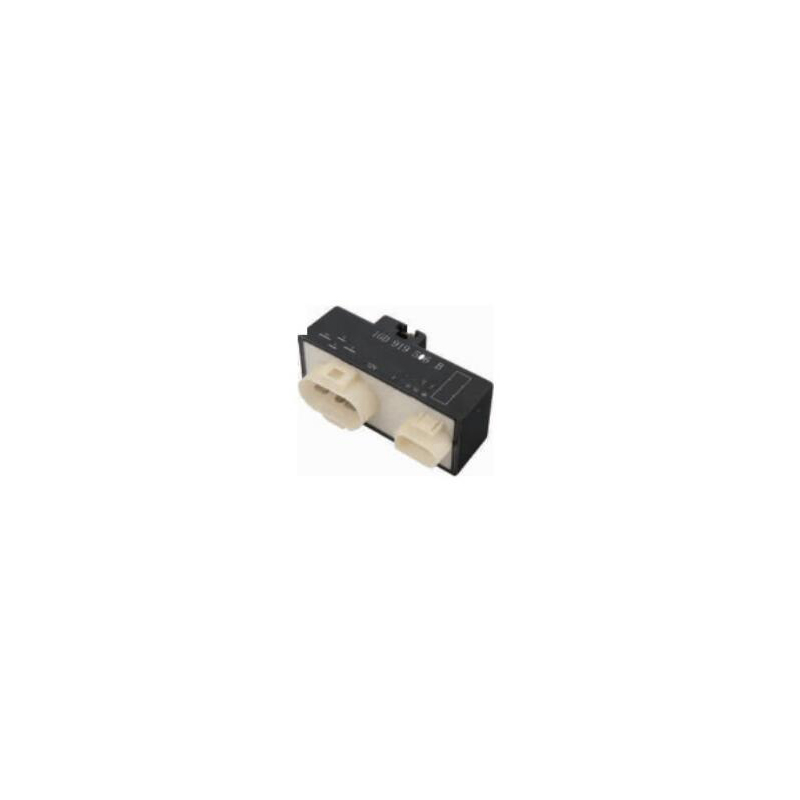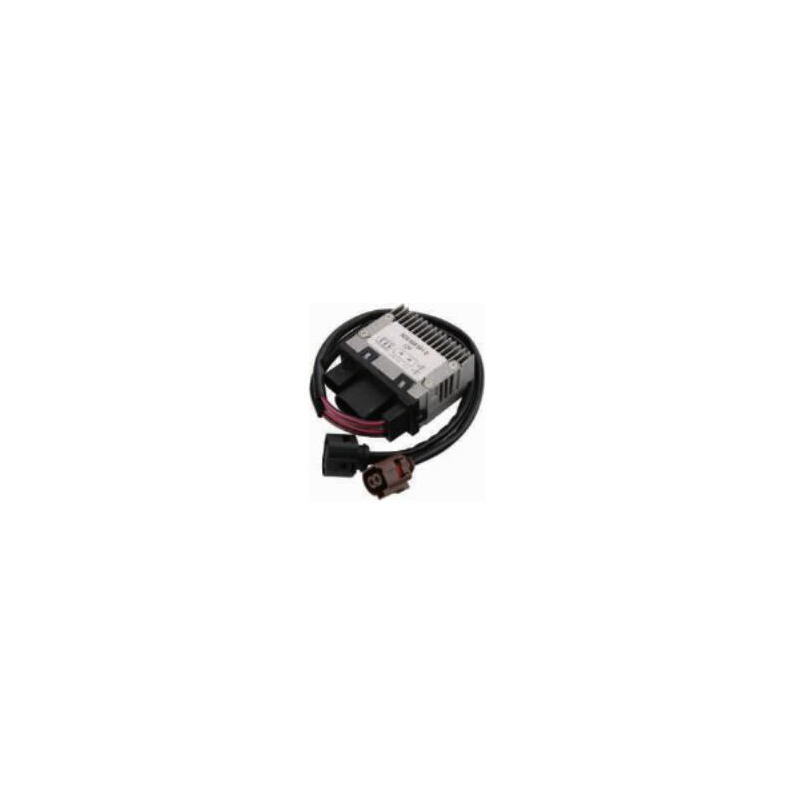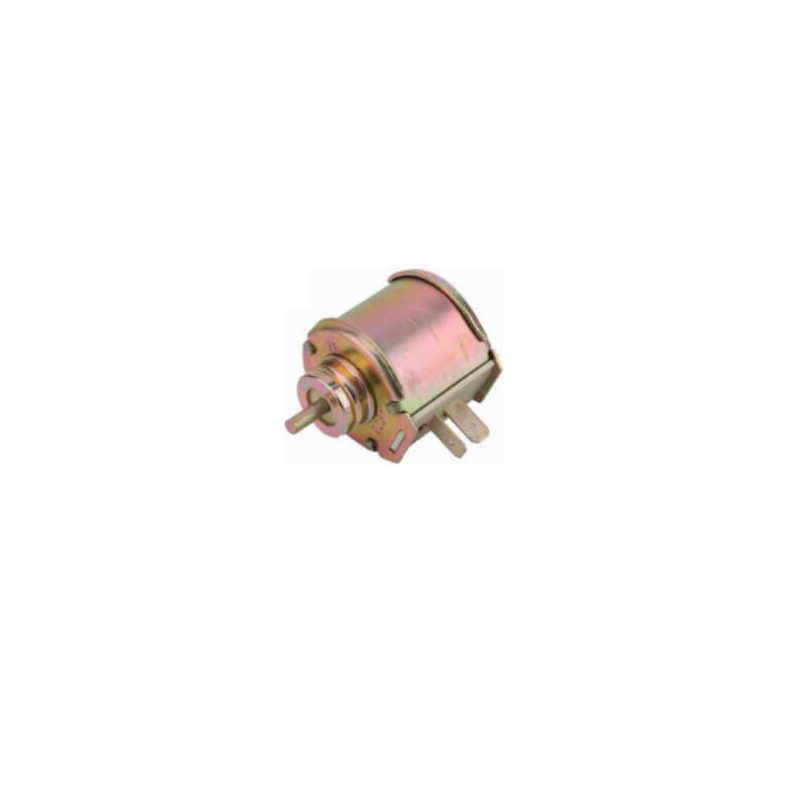What is Automotive Relays?
Relay is an automatic control device whose output will jump when the input (electricity, magnetism, sound, light and heat) reaches a certain value. Automobile relay is used in automobile. This kind of relay has high switching load power, high impact and vibration resistance. The power supply in the automobile is mostly 12V, and the coil voltage is mostly designed as 12V. Due to battery power supply and unstable voltage. The environmental conditions are bad, and the suction voltage V ≤ 60% VH (rated working voltage). The coil overvoltage is allowed to reach 1.5vh. The coil power consumption is large, generally 1.6 ~ 2W, and the temperature rise is high.
The environmental requirements are quite harsh:
In the engine compartment, the ambient temperature range is required to be - 40 ℃ ~ 125 ℃, and in other locations, the ambient temperature range is - 40 ℃ ~ 85 ℃. The relay used in the engine compartment shall be able to withstand the invasion of sand, dust, water, salt and oil. Vibration and impact are quite harsh.
Selection Guide for Automotive electromechanical relays
When selecting the type of automobile relay, it can be analyzed and studied item by item according to the following key points: shape and installation mode; input parameters; output parameters; environmental conditions; electromagnetic compatibility; installation and use requirements.
Parameter selection
The input parameters of automobile relay include 12VDC input parameter, 24VDC input parameter, 12VDC pulse input parameter and 24VDC pulse input parameter. The following parameters shall be considered when selecting: coil rated voltage, coil power consumption, action voltage, release voltage, maximum continuous energizing current, coil resistance, pulse width of coil temperature rise pulse input parameter (magnetic holding relay).
Input parameter selection concerns:
1. Ambient temperature: the influence of operating ambient temperature and coil temperature rise on operating voltage is generally divided into engine compartment (the maximum temperature is required to be 125 ℃) and cockpit (the maximum temperature is required to be 85 ℃). Relay coil resistance changes with temperature, which has an obvious impact on relay action and release voltage. When the temperature rises by 1 ℃, the coil resistance will rise by 4 ‰. When the relay coil is energized for a period of time, the coil heats up. At this time, the relay contact switching action is carried out, and its action voltage is higher than the cold action voltage.
2. Action voltage: when using transistors and integrated circuits to drive relays, pay attention to the voltage drop of transistors and integrated circuits and the destructive effect of relay coil back EMF on transistors and integrated circuits.
3. Coil rated voltage: after the normally open contact of the relay is closed, it is generally required that a voltage above the minimum operating voltage should be applied to the coil. Low holding voltage is not recommended for automobile relay, because it will weaken the vibration resistance of the product and misoperation may occur in case of severe bumps of the automobile.
4. Maximum working voltage of coil: in order to meet the requirements of low operating voltage (60% rated voltage), the design power consumption of automobile relay is generally high. The voltage applied to the coil for a long time should generally be less than 120% rated voltage. If it is necessary to reach 130% rated voltage or above, contact the relay manufacturer for technical support. Especially when used at high temperature, the coil temperature will be too high and the aging will be accelerated - finally, the coil insulation will be damaged and become invalid due to inter turn short circuit.
5. Release voltage: the release voltage of automobile relay is generally 10% of the rated voltage. When the residual voltage on the line is too large, the relay will not release.
Output parameters
When selecting relay output parameters, the following parameters should be considered: number of contact groups, contact form, contact load, contact material electrical life, mechanical life, load type.
Most domestic relay load capacity is only marked with the maximum pure resistive load, which gives users two misunderstandings when selecting relay load, resulting in wrong selection. One of the misunderstandings is that the user's practical load is often not pure resistive load, but inductive, lamp, motor or capacitive load, and the load size is equal to or close to resistive load. The second misunderstanding is that the load can adapt from low level to rated load. It should be pointed out that the relay that can reliably convert 10A resistive load can not convert 10A inductive load and may not be able to reliably convert 10mA load. Because the failure mechanism of electrical contact under different load conditions is quite different. The power supply of the automotive system adopts DC. The DC voltage has no zero crossing point. The arc is generated at the moment of contact breaking. Because the applied voltage is maintained continuously, only the arc is elongated and cannot be extinguished by itself. The thermal energy of arc will burn the contact seriously, and the DC current always flows in one direction, which will aggravate the transfer of contact material. The load capacity of most automotive relays is only nominal resistive load, but the actual use of automotive relays is often not resistive load, but inductive load, lamp load and motor load. Due to the high impulse current, the steady-state load of contacts should be used according to the derating of impulse current. It should be emphasized that contact failure is the main cause of relay failure. The electrical contact characteristics, failure phenomena and failure mechanism of contacts are different under different load types and different load sizes.
Contact material contact material is the most critical material used in relay, and its performance determines the quality level of relay.
Time parameter
The following parameters shall be considered when selecting the time parameters of the relay: suction time, release time, suction rebound time, release rebound time.
Relay time parameters are defined as follows: during the time test, the typical waveform diagram on the oscilloscope â‘ normally open contact â‘¡ normally closed contact â‘¢ first break and then close contact. Precautions during selection: action time, bounce time, bridging time.
1) In the use of automotive relays, time parameters are generally not concerned. 2) Pay attention to the time of combined vehicle relay, such as flash rate.
The following environmental parameters shall be considered during relay selection:
1. Temperature
1) Under high temperature conditions, insulating materials soften and melt; at low temperature, the material cracks and the electrical resistance of the insulation decreases, resulting in failure. However, the selection of engineering plastics with excellent performance can meet the requirements.
2) Under the alternating action of high and low temperature, the structure is loose, the position of moving parts is changed, resulting in out of control pull in and release, poor contact or non-contact of contacts.
3) At low temperature, the water vapor inside the relay condenses and freezes, resulting in the decline of insulation performance.
4) Under high temperature conditions, the coil resistance increases and the suction voltage increases accordingly, resulting in non suction or non suction, resulting in relay failure.
5) Under high temperature conditions, when the contact switches power load, the arc breaking capacity decreases, the contact corrosion and metal transfer intensify, the failure possibility increases and the service life is shortened.
2. Damp heat
Damp and heat pose a threat to relay performance
1) Long term damp heat will directly lead to the decline of insulation resistance level and complete failure. In particular, during long-term exposed storage or use, the relay insulation will be polluted by sand dust and then affected by damp heat, which will cause insulation failure.
2) Under damp and hot conditions, the coil of unsealed relay is broken due to electrochemical corrosion or mildew, and the electrochemical corrosion and oxidation of contact are intensified; The corrosion rate of metal parts increased significantly, the relay performance deteriorated, and the working reliability deteriorated, resulting in complete failure.
3) Under hot and humid conditions, when the contact is charged to switch the load, the arcing phenomenon intensifies, resulting in the shortening of electrical life. For electronic products used in tropics and subtropics, the problem of moisture and heat must be fully considered in product design and material selection.
3. Sand dust
The failure of relay caused by sand dust pollution has not attracted enough attention of users. Under natural environmental conditions or general industrial workshop environmental conditions, especially for electronic devices used in automobiles, sand dust often seeps into the relay through heat dissipation holes and cracks. After accumulation over time and startup inspection, it can be found that dirt dust accumulates, resulting in ineffective rotation (sliding) and jamming of moving parts; contact electrical contact failure. Under the action of humidity, the corrosion of metal parts intensifies, and the insulation performance of insulating parts decreases, resulting in failure. Some power protection relays and automotive relays passed the factory inspection. After one or two years of operation, the relays continued to fail. The hazards of sand dust pollution must be fully considered in design and use. Users put forward specific requirements according to practical needs.
4. Chemical atmosphere pollution
Organic vapor, oxygen, sulfur dioxide, salt mist, etc. in the ambient atmosphere have corrosive effects on relay contacts, metal parts, coils and insulating parts, resulting in poor electrical contact of contacts and failure; Lead wires of coils are rusted, broken and insulation level drops. Chemical harmful gases are common in nature, but the types of harmful gases (steam) are different in different occasions. Taking technological measures can reduce and avoid its erosion, but the cost will rise significantly. For example, for military sealed relays, the leakage rate can reach 10-8pa by long-time high-temperature vacuum baking, filling the relay cavity with high-purity N2 and sealing welding with electron beam (or laser) c m3/s. The contacts are plated with 1 ~ 3U gold. Civil relays are limited by price. Generally, they only add plastic enclosures to alleviate the erosion of harmful gases (Vapors) in the atmosphere. When in use, the process holes can be opened as appropriate according to the relay load and the quality of the environment, so as to improve the heat dissipation capacity and reduce the pollution of internal organic vapors and sulfur dioxide on the contact surface.
5. Mechanical vibration
The relay will encounter vibration with certain frequency range and acceleration value around strong power equipment and during transportation. Random vibration can represent the field vibration stress caused by missiles, high thrust jets and rocket engines. The influence of vibration on relay is shown in:
a. Vibration may cause loosening, fatigue, fracture and failure of mechanical structural parts;
b. The closing contact fails due to the instantaneous disconnection greater than the time specified in the standard due to vibration;
c. The breaking contact fails due to the instantaneous closing of vibration greater than the time specified in the standard;
d. Cause relative movement between moving parts, resulting in noise, wear and other physical failures.
6. Impact
Relays are often subjected to mechanical impact in transportation, handling and use. The impact of impact on relay is shown as follows:
1) Due to impact, the structure is loose, damaged and broken, resulting in loss of working capacity.
2) Due to impact, the closed contact will break instantaneously greater than the specified requirements and become invalid; The breaking contact fails due to instantaneous closing greater than the specified requirements.
Therefore, for (1), the relay is required to have the performance of impact strength, and the measurement results of the specified items before and after the test shall meet the requirements of the product standard. For (2), the relay shall have the performance of anti impact stability, and the contact state of the contact shall be dynamically monitored.
Safe choice
The following parameters shall be considered when selecting relay safety requirements:
1. The insulating material used for insulating material products shall have good temperature resistance, and the long-term working temperature shall reach 125 ℃.
2. The withstand voltage of insulation withstand voltage level relay is divided into withstand voltage between contacts and insulation resistance; Withstand voltage and insulation resistance between contact coils. Typical values of automotive relays are withstand voltage of 500 VAC and insulation resistance of 100 m Ω.
3. Electromagnetic compatibility. Electromagnetic compatibility (EMC) is the ability of automotive relays to work without interference or interference in the electromagnetic environment. EMC has become an important criterion for judging product quality. Electromagnetic compatibility (EMC) is divided into electromagnetic interference (EMI) and electromagnetic anti-interference (EMS). Since the automotive relay uses a unified power supply, high voltage will be formed when the relay coil is disconnected, which will interfere with other systems and modules. Therefore, the plug-in automotive relay usually has parallel resistors or diodes for transient suppression, so that the coil back EMF is less than 100V. When the relay contact is disconnected, an arc is generated and an electromagnetic wave is emitted, which will affect the operation of the IC. If this happens, an arc extinguishing circuit can be added to the contact. The distance between relay and IC can also be increased appropriately.
FBelec, a world-leading Automotive Relay supplier offers product reliability and versatility with a proven track record.
NINGBO FBELE ELECTRONICS CO.,LTD.
FBELE company was founded in 1997, is China's leading manufacturer of acoustic and other electronic components, we designs,manufactures, distributes high quality products in very competitive price, bestservice, timely delivery, small order acceptable, etc. Our products include piezo ceramic element, piezoelectric buzzer, magnetic buzzer,speakers, transducer, receiver, electret condenser microphone, magnetic contact. Piezoelectric alarm,ultrasonic sensor,PZT ceramics,etc.
- Following 0
- Followers 0
- Send Msg


